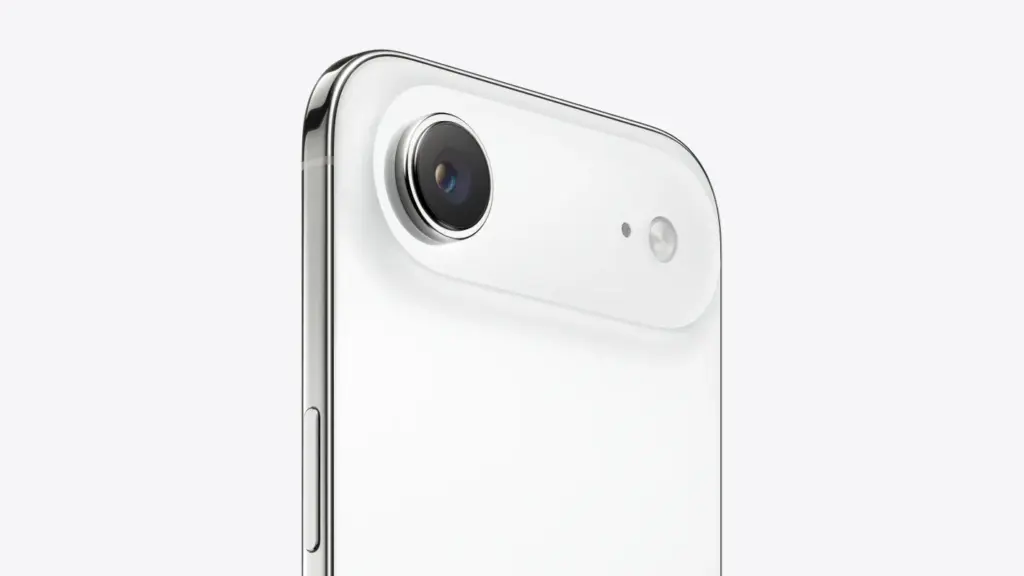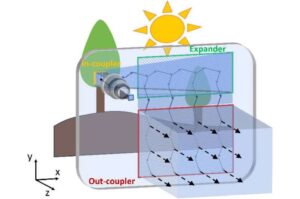
Apple has postponed the launch of the iPhone Air 2, originally scheduled for 2026, due to challenges in integrating a dual-camera system. The decision comes after consumer feedback indicated that the initial single-camera setup did not meet expectations for a premium device. The cancellation highlights the importance of core functionality in the smartphone market, even for a company known for its design innovation.
Consumer Demands Drive Redesign
The first-generation iPhone Air aimed to fill the gap left by the declining popularity of the iPhone Plus. Despite its sleek design and premium pricing, the device faced criticism for its limited hardware capabilities. Many users found the single-camera system inadequate, particularly as the price difference compared to the powerful iPhone 17 Pro was minimal. Insiders report that this dissatisfaction significantly influenced Apple’s decision to halt the iPhone Air 2’s launch.
In response to this feedback, Apple is now pursuing a redesign that incorporates a second rear camera. According to a report from The Information, the new configuration may include a 48MP Fusion Ultra Wide lens. This advancement poses a considerable challenge, as the current Air model utilizes nearly all internal space for its existing components and battery. Engineers at Apple are tasked with rethinking the internal structure to accommodate the additional camera while maintaining the device’s ultra-slim profile.
Impact on Launch Schedule
The shift in design priorities has disrupted Apple’s planned timeline. The iPhone Air 2 was initially set for a fall 2026 release alongside other Pro models. With the redesign underway, the anticipated launch window has been pushed to spring 2027. The updated model is expected to debut alongside the standard iPhone 18 and the budget-friendly iPhone 18e, marking a new, segmented launch cycle. Meanwhile, the flagship iPhone 18 Pro and a rumored foldable iPhone are still on track for a fall 2026 introduction.
In addition to the dual-camera system, the delayed iPhone Air 2 was expected to feature significant hardware enhancements. These improvements included a lighter build, increased battery capacity, and advanced vapor chamber cooling technology. While these innovations address challenges associated with ultra-thin devices, they could not compensate for the critical consumer demand for a dual-camera setup.
Apple’s decision underscores a broader trend in the smartphone industry, where market acceptance increasingly relies on functional capabilities rather than minimalist aesthetics. As the technology landscape evolves, companies must remain responsive to consumer preferences to remain competitive. The iPhone Air 2’s delay is a reflection of this imperative, reaffirming the significance of robust features in premium devices.







